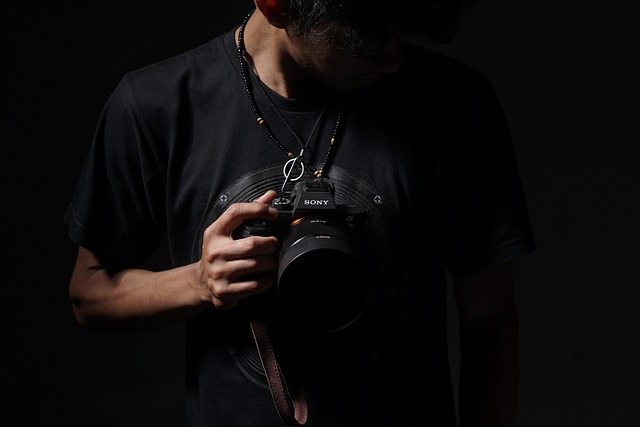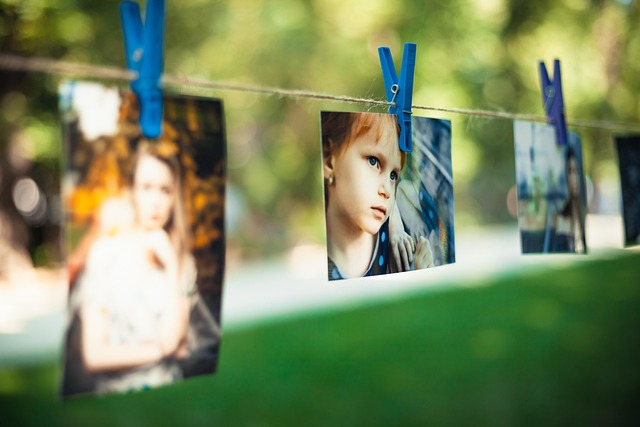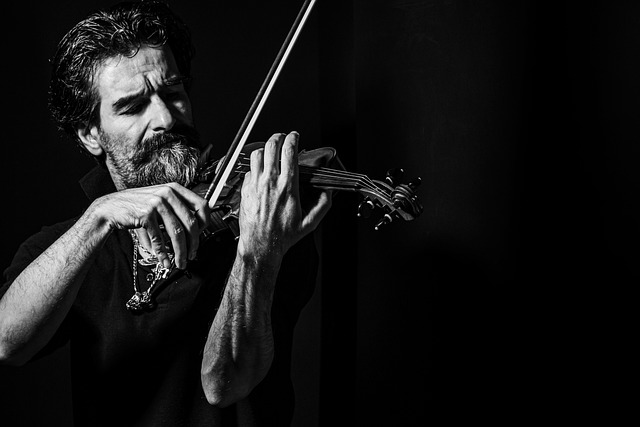Capturing Light: The Art of Refraction in Photography
Photography is often described as capturing a moment in time, but it is also about capturing light in all its glorious forms. One of the most fascinating phenomena that playful photographers can explore is refraction. This optical effect, which occurs when light travels through different mediums, creates stunning visual mysteries that can transform an ordinary shot into something extraordinary.
Imagine standing by a tranquil lake, the sun gently glinting off the water’s surface. When you lower your camera closer to the water, the reflected landscape begins to distort beneath the ripples, creating a unique blend of illusion and reality. This is the magic of refraction at work. The water, in this case, acts as a prism, bending light to alter the way we see the world around us. Embracing this technique can elevate your photography, adding layers of depth and intrigue to your images.
To fully harness the beauty of refraction, consider your choice of equipment and settings. A clear, high-quality lens is essential for maintaining sharpness, as well as experimenting with different focal lengths. Using a shallow depth of field can also heighten the effect, allowing you to blur out unwanted background distractions while focusing on the refracted subject.
When shooting indoors, glass objects like crystal vases or even simple drinking glasses can create stunning refraction effects. Position your camera so that light passes through these objects, revealing dazzling patterns and colors. Playing with angles can produce unexpected compositions, connecting the viewer to the complex relationship between light and matter. Remember to pay attention to reflections, as they can further enhance your image, transforming mundane scenes into ethereal landscapes.
The best part about exploring refraction is the endless possibilities it offers. Every photograph is a chance to experiment with light, shape, and perspective. A simple raindrop clinging to a leaf can refract light, creating an orb of color, while a prism held at just the right angle can scatter sunlight into a spectrum. The world around us is constantly in motion; observing how light interacts with different elements can uncover unique aspects of our environment that typically go unnoticed.
As photographers, our challenge is to communicate emotion through our images. Refraction invites viewers into a world where perception is altered, evoking feelings of wonder, nostalgia, or even serenity. The result can be both enchanting and thought-provoking—a reminder of the beauty that surrounds us and the mysteries that light can unveil.
So, grab your camera and start experimenting with the art of refraction. Discover how light can transform your photography, revealing layers of meaning and beauty that resonate with those who experience your work. Each shot taken is not just a capture of what is seen, but a glimpse into the extraordinary possibilities of light and the lens.




